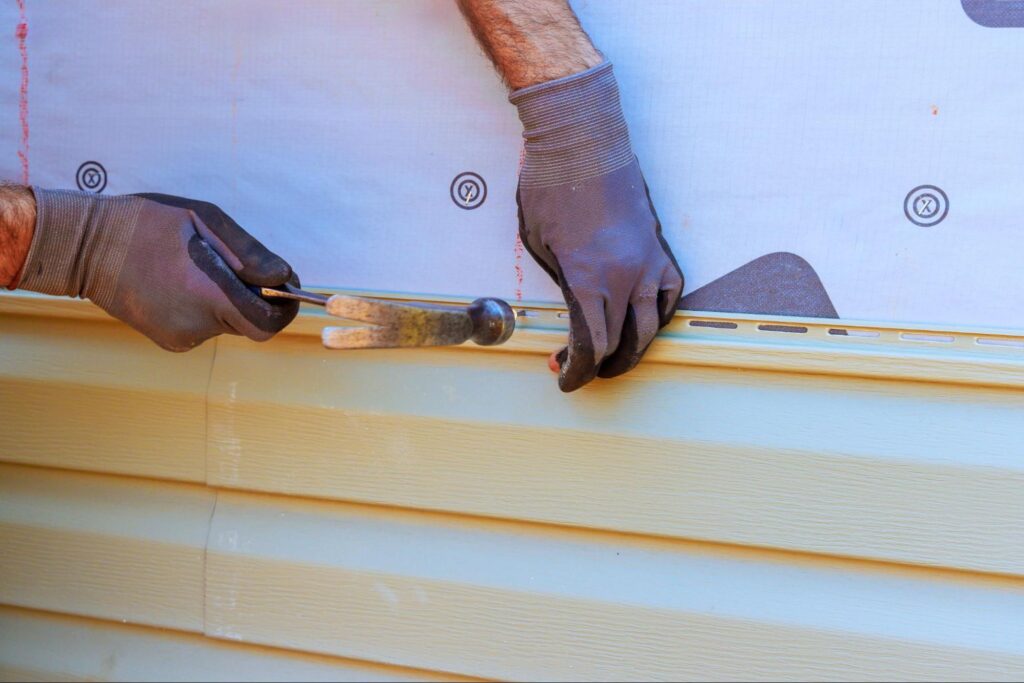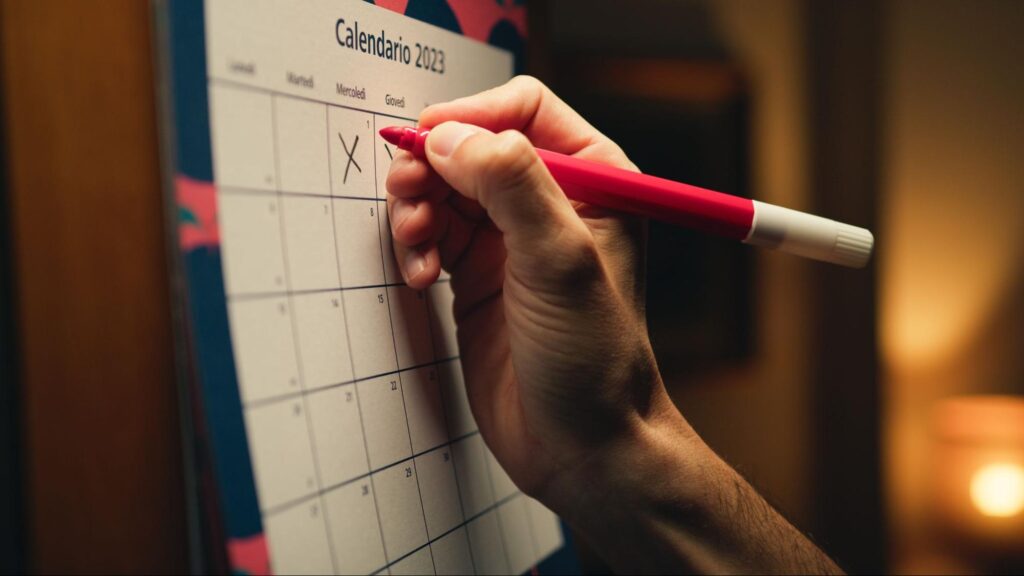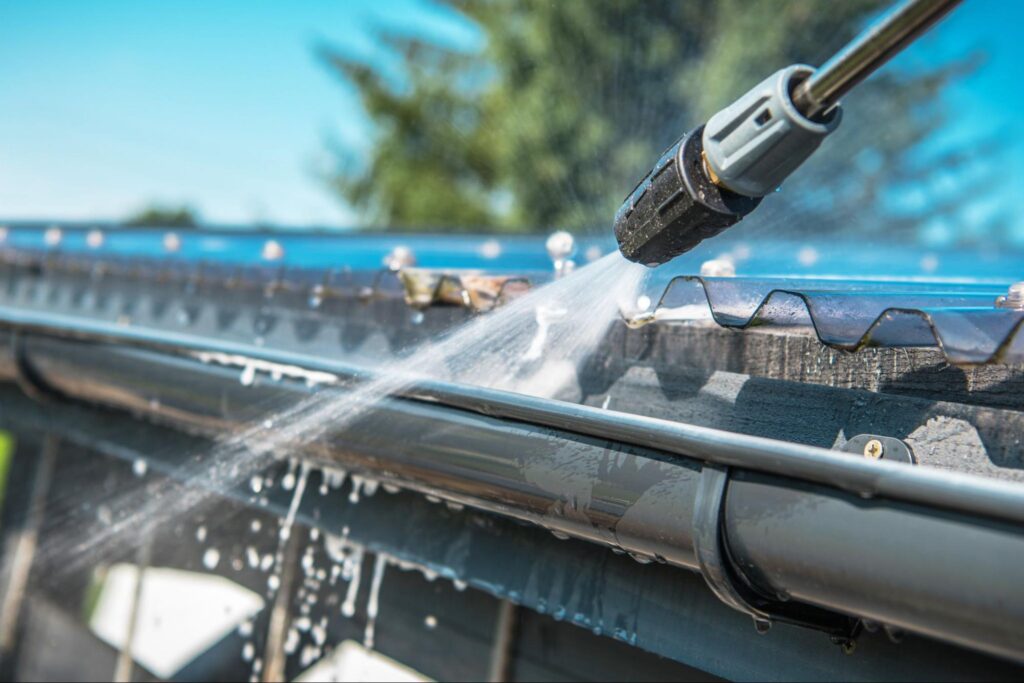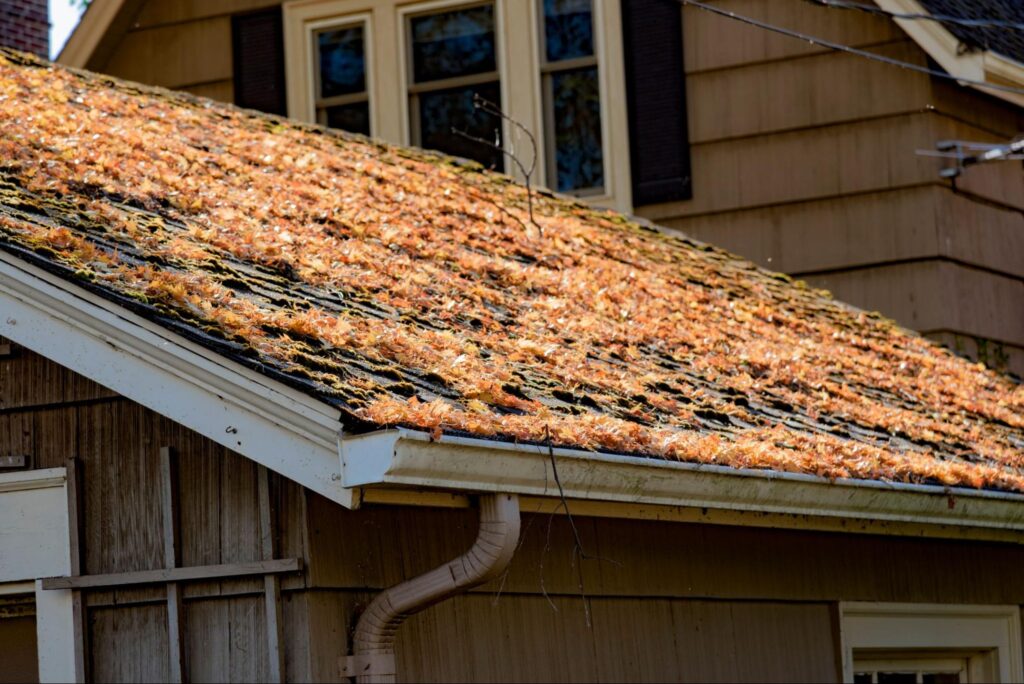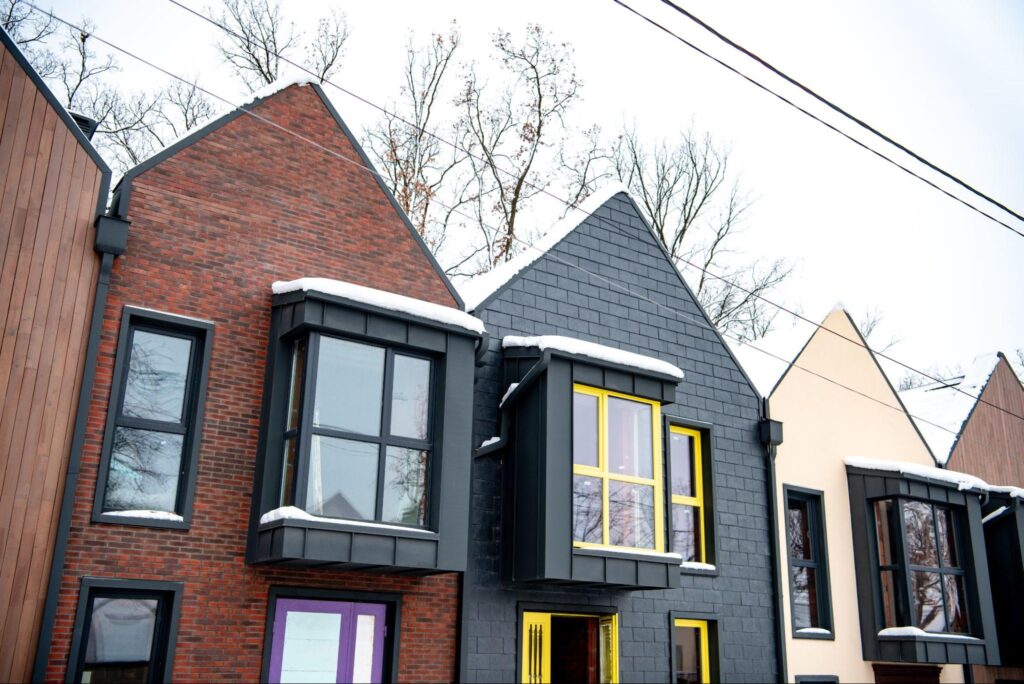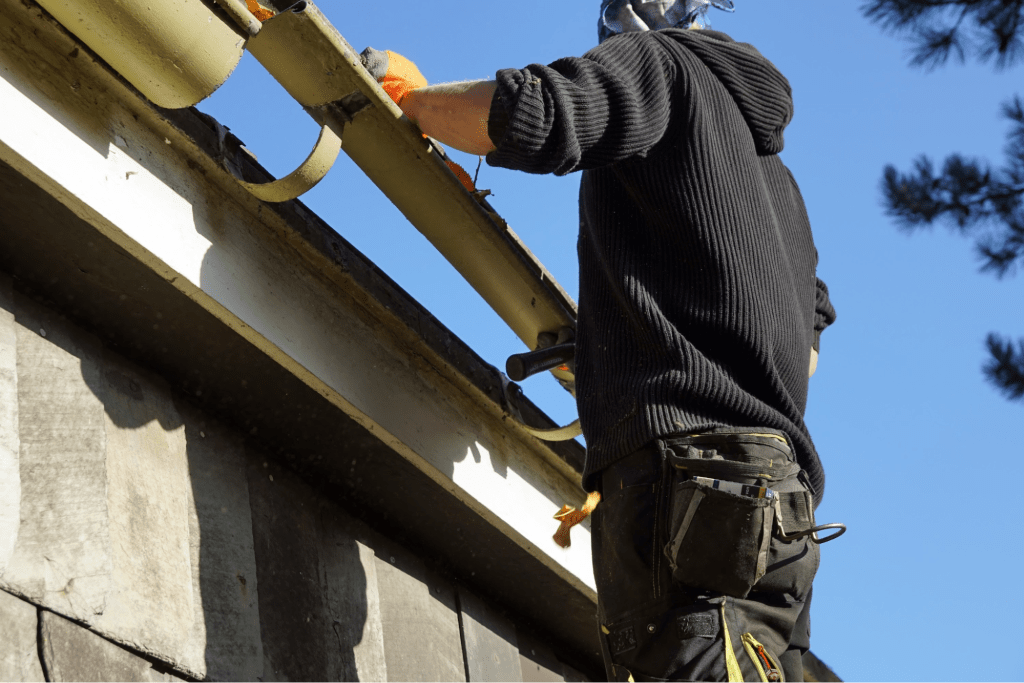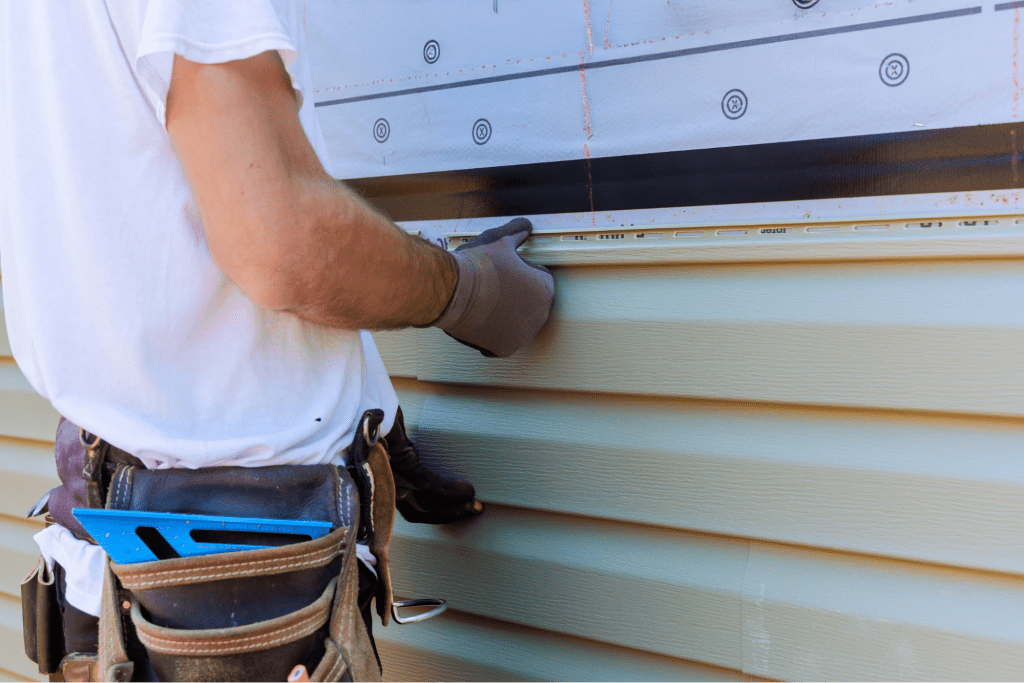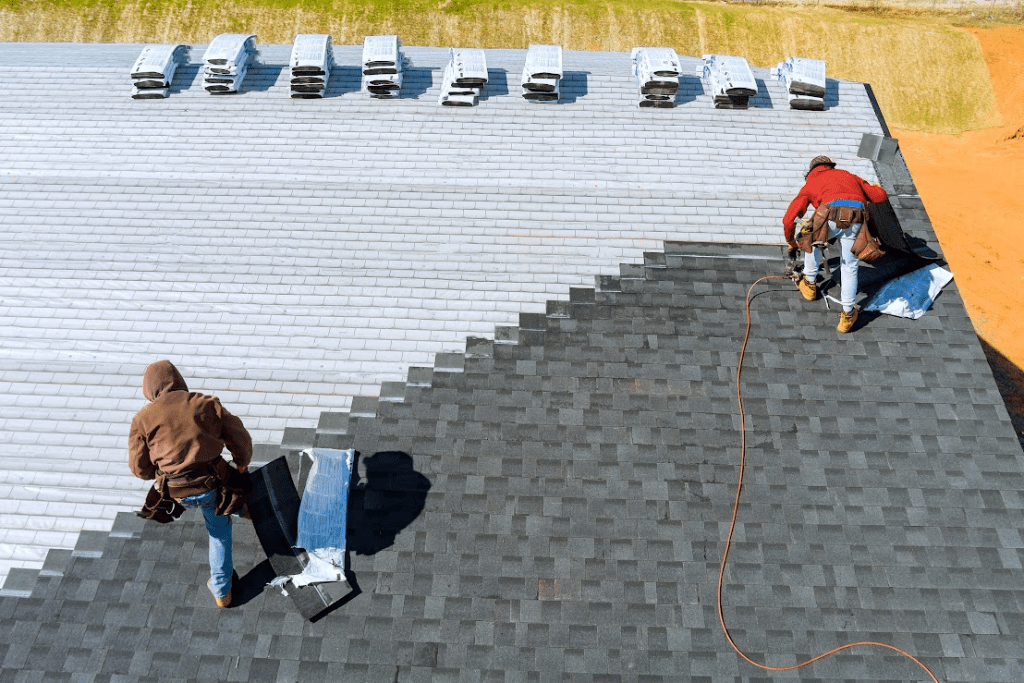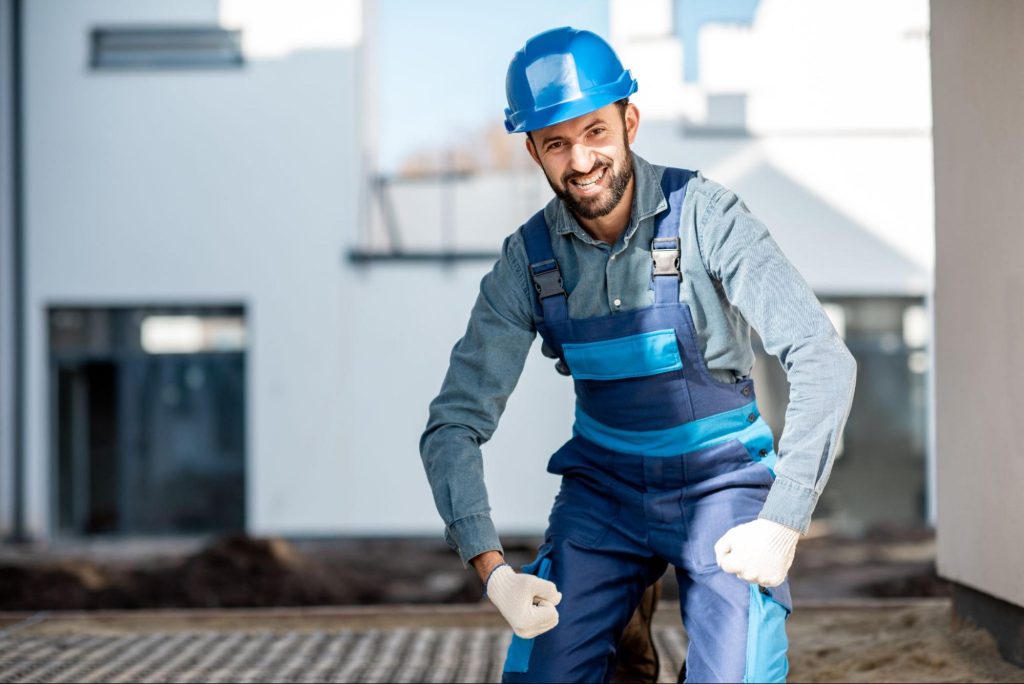Understanding the Cost to Replace Vinyl Siding
Vinyl siding wears down, fades, and cracks over time. When it does, replacing it becomes less about curb appeal and more about protection. Homeowners often hesitate because the costs feel unclear or unpredictable. However, avoiding the project can lead to worse problems hiding beneath the surface. Knowing what drives the cost to replace vinyl siding helps you plan smarter, spend wiser, and avoid unpleasant surprises. What is the Average Cost to Replace Vinyl Siding? The average cost to replace vinyl siding ranges from $6,000 to $16,000, depending on the home’s size, material quality, and location. Replacing vinyl siding is a major exterior upgrade, both visually and financially. Costs vary depending on where you live, your home’s square footage, and labor rates. Understanding the typical price range is essential to avoid being overcharged or underprepared. National Cost Range and Per Square Foot Pricing Vinyl siding replacement typically costs between $ 6000 and $ 16000, though prices can shift depending on local market conditions. That translates to an average of two dollars and fifty cents to ten dollars per square foot installed. Several factors, including material grade, local labor, and home design complexity, affect this range. Basic siding in standard colors is more affordable. Insulated or textured panels, on the other hand, increase the total cost. These national estimates may vary depending on your region, contractor availability, and project timing. How Much Does Siding Cost by Home Size? Home size and wall surface area significantly impact overall siding cost. A 1,200-square-foot ranch-style home typically costs around $7,000 to re-side. A two-story house with more wall surface often ranges between $10,000 and $15,000. Depending on layout and design, custom or multi-level homes generally start at $15,000 and may exceed that. Homes with architectural features like dormers or wrap-around porches require additional material and labor. Similarly, houses with aging or damaged exteriors may need extra prep, which raises the final cost. These estimates are subject to change and can vary by region, contractor, and market conditions. Labor vs. Material Costs in Vinyl Siding Jobs Materials comprise 40% to 60% of the total cost in most vinyl siding projects. The rest is labor. Experienced siding contractors may charge higher hourly rates, but their efficiency can reduce total installation time. Basic horizontal panels install quickly, keeping labor costs low. However, specialty siding like board-and-batten or shakes takes longer and drives up labor fees. What Affects the Cost to Replace Vinyl Siding? Several factors impact the total cost to replace vinyl siding, including material quality, home design, labor, and removal of old siding. Every house has unique challenges that can shift pricing well above or below the average. Understanding what drives these differences helps you prepare, budget, and compare contractor estimates more effectively. Type and Quality of Vinyl Siding The grade of vinyl you choose plays a significant role in your project’s total cost. Thinner, entry-level panels are more affordable but less durable and may fade faster. Mid-grade vinyl balances price and performance, often with improved insulation and impact resistance. Premium vinyl siding includes foam backing, textured finishes, or enhanced UV protection. These high-end options cost more upfront but can reduce long-term maintenance and energy bills. House Design and Accessibility Simple, single-level homes with flat walls are typically the least expensive to side. More complex structures, such as multi-story houses, homes with steep slopes, or properties with tight access, require more labor and equipment. Contractors may need scaffolding, ladders, or lifts to reach upper levels, especially in narrow spaces. Homes with curved walls, gables, or intricate trim details also demand more precise installation. These challenges translate into higher labor fees and extended project timelines. Local Labor Rates and Seasonal Demand Labor costs for vinyl siding installation vary depending on your location and the time of year. Urban areas have higher rates due to contractor demand, higher overhead, and limited availability. Rural areas might offer lower hourly rates, but the number of qualified installers may be limited. During peak seasons like spring and fall, siding contractors are busier, and prices often reflect that demand. If you’re flexible, scheduling during off-peak months can help reduce your quote. Old Siding Removal and Disposal Fees Tearing off old siding is a common but sometimes overlooked cost. Contractors may charge per square foot to remove existing materials, especially if multiple layers or damage are involved. Disposal fees also vary depending on your region and local landfill policies. If your home has asbestos siding, removal will require special handling and additional costs. Your contractor may not include these charges in their estimate, so always clarify what’s covered. How Does Vinyl Siding Compare to Other Materials? Vinyl siding remains one of the most cost-effective and low-maintenance exterior cladding options. While several alternatives exist, each comes with its balance of cost, durability, and upkeep. Comparing materials helps homeowners make informed decisions based on long-term value. Vinyl vs. Fiber Cement Siding Fiber cement siding is heavier and more impact-resistant than vinyl. It holds up well to fire, wind, and pests, making it a durable choice for many climates. However, it typically costs more to install, both in materials and labor, due to its weight and handling requirements. While fiber cement can last longer, it may need repainting over time, adding to maintenance costs. Vinyl, by contrast, is lighter, easier to install, and doesn’t require painting, making it more affordable upfront and over time. Vinyl vs. Wood and Engineered Wood Traditional wood siding has a natural aesthetic, but it comes with higher maintenance demands. It needs regular sealing or painting and is more vulnerable to moisture and pests. Engineered wood offers improved resistance and durability, but still requires upkeep and can be prone to swelling. Vinyl, on the other hand, is resistant to rot, insects, and fading. While wood may appeal to homeowners seeking a rustic or high-end finish, vinyl is often chosen for its simplicity, longevity, and lower lifetime cost. Why Vinyl Remains a Popular Choice Vinyl siding continues to dominate the market because it

